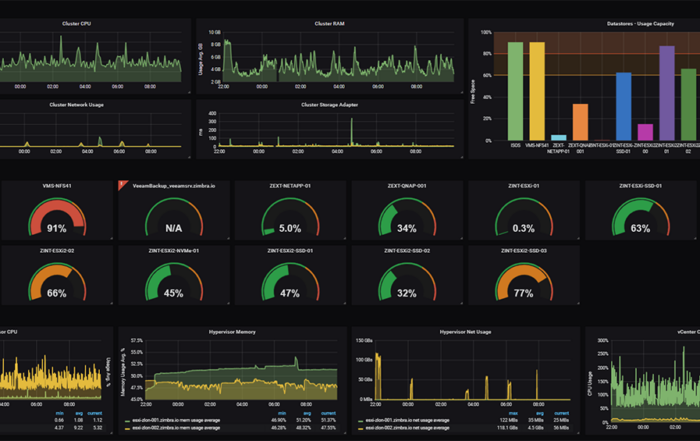
There’s been a discernible shift in the world of cloud computing over the past few years. DevOps culture has taken center stage, and alongside it, a powerful ally called “Infrastructure as Code” or IaC has emerged. If you’ve been on the fringes of this transformation, unsure whether to dive in or not, let this be your call to action. Here’s a deep dive into what IaC brings to the table and why it deserves your immediate attention.
1. What is Infrastructure as Code (IaC)?
Simply put, IaC refers to the management and provisioning of IT infrastructure using code and automation scripts, instead of relying on manual processes. It involves treating servers, databases, networks, and other infrastructure just like software code. Tools like Terraform, Ansible, Chef, Puppet, and AWS CloudFormation are making IaC easier and more prevalent.
2. Why the Buzz about IaC?
a. Version Control for Infrastructure:
With IaC, we can now maintain versions of our infrastructure the same way we do for software code. This means we can track changes, maintain multiple versions, and quickly roll back if needed.
b. Consistency and Reproducibility:
IaC allows for consistent environments across various stages of development. This is a game changer for teams that often wrestle with the “works on my machine” syndrome. When infrastructure is represented as code, the entire environment can be duplicated with precision.
c. Speed and Scalability:
With IaC tools, infrastructure changes can be rolled out rapidly across many servers. This means faster deployments and the ability to scale effortlessly.
3. Adopting IaC – Best Practices
a. Start Small:
Don’t overhaul your entire system on day one. Begin by automating a single task or process. This could be setting up a new server or configuring a network. Once you’re comfortable, expand incrementally.
b. Document Religiously:
Just as with any codebase, documentation is paramount. Ensure that your infrastructure code is well commented and that there are clear guidelines for your team.
c. Continuous Testing:
Adopt a mindset of continuous testing. Infrastructure changes can have widespread impacts. Using automated testing for infrastructure changes ensures that you catch errors before they hit production.
4. IaC Tools You Should Know
a. Terraform:
An open-source tool by HashiCorp, Terraform allows you to create, change, and improve infrastructure reliably and predictably. Its strength lies in its ability to manage both existing service providers as well as custom in-house solutions.
b. Ansible:
A configuration management tool that uses playbooks (written in YAML) to describe automation jobs. It’s agentless, meaning there’s no need to install extra software on the machines you’re managing.
c. AWS CloudFormation:
For those deeply entrenched in the AWS ecosystem, CloudFormation provides a way to use programming languages or a simple text file to model and provision, in an automated and secure manner, all the resources needed for applications across regions and accounts.
5. The Future of IaC
IaC is more than just a fleeting trend. As businesses increasingly demand rapid deployments, scalability, and reliability, IaC will continue to be a focal point. We can expect more sophisticated tools to emerge, with tighter integration into CI/CD pipelines, and greater emphasis on security within IaC.
6. The Roadblocks (and Why They’re Worth Overcoming)
Adopting IaC isn’t without its challenges. You’ll encounter resistance from teams used to doing things the “old way.” You’ll need to invest time in training and perhaps even encounter a few missteps along the way. However, the benefits far outweigh these initial hiccups. The long-term gains in productivity, reliability, and agility will more than compensate for the initial learning curve and teething issues.
7. In Conclusion
Infrastructure as Code is revolutionizing the way we manage and provision IT infrastructure. In an era where businesses demand agility and speed, IaC provides the tools and methodologies to stay competitive. For those still contemplating its adoption, consider this: in the evolving landscape of cloud technology, standing still is akin to moving backward. Harness the power of IaC, and propel your organization into a more efficient and agile future.





